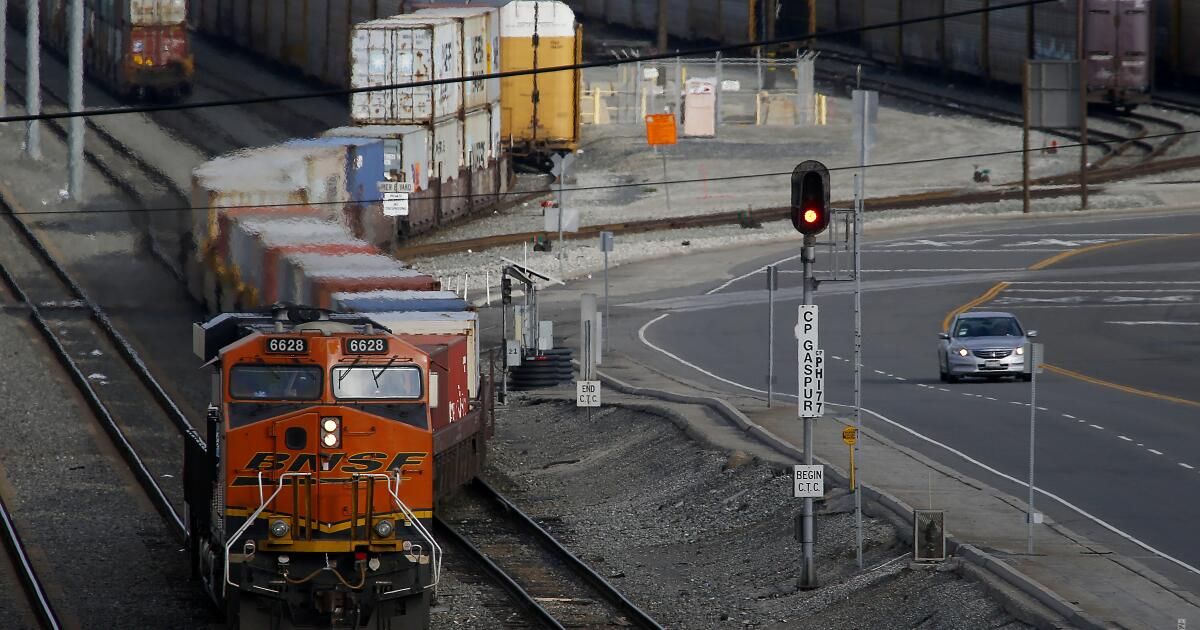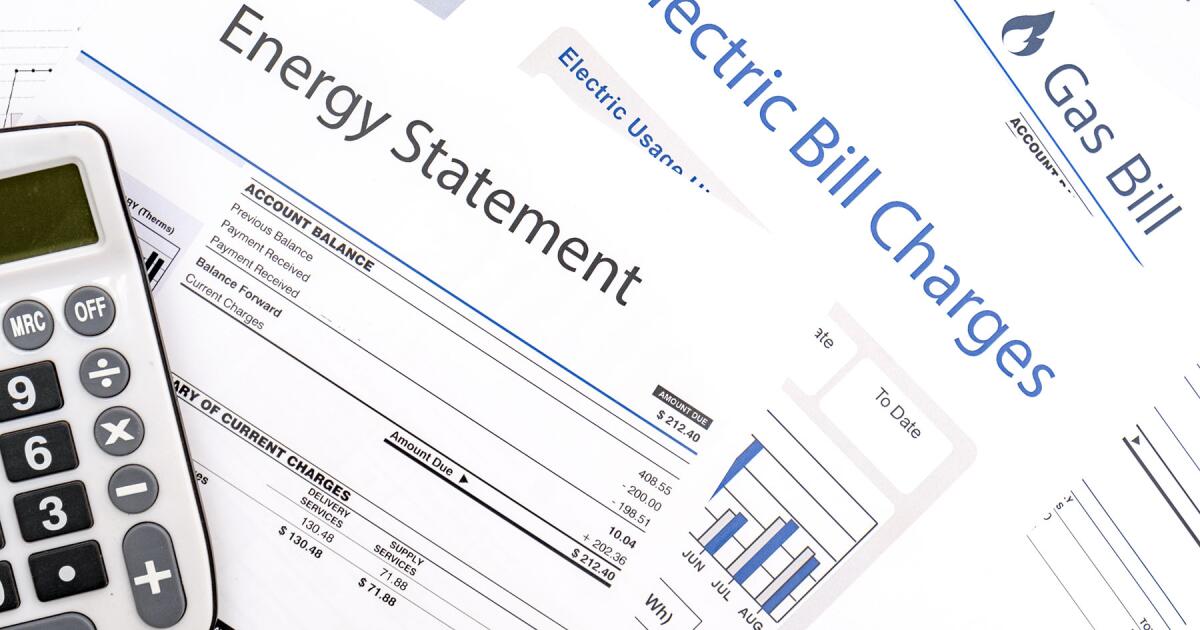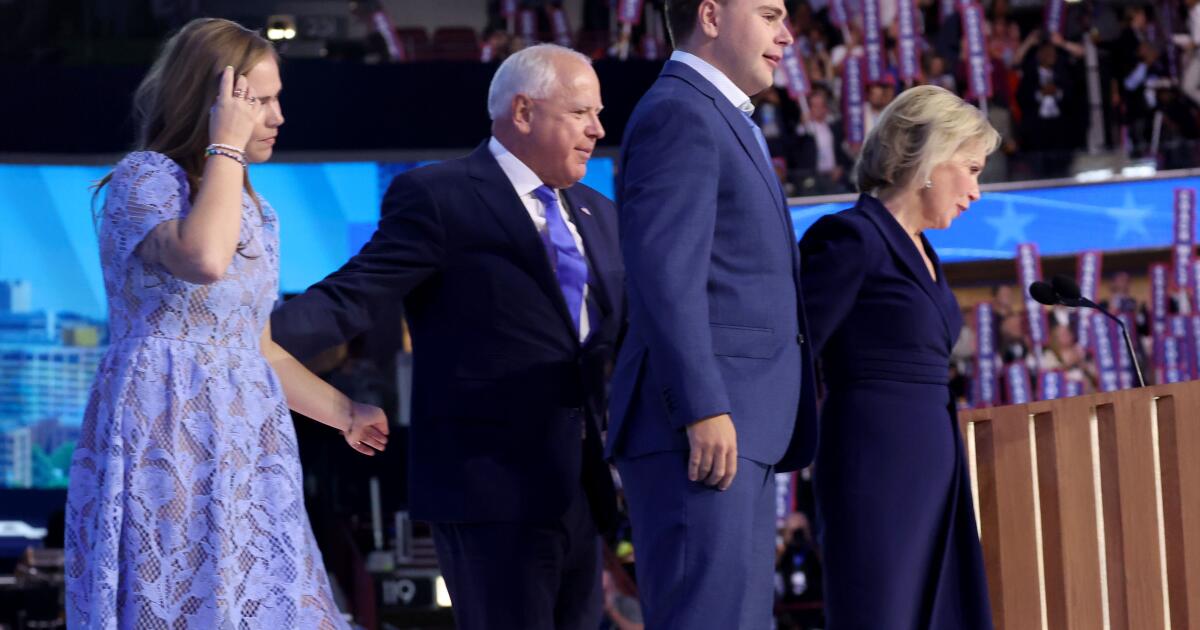Southern California is in the midst of a smog streak, with more than 50 consecutive days of air pollution so severe it violates federal health standards. The last day with acceptable air quality was June 9.
One of the main reasons the air remains so polluted in the region is that regulators have failed to act to clean up rail yards and ports, where tons of soot-spewing diesel trucks, trains and ships come and go. So it’s a relief that the South Coast Air Quality Management District is set to adopt rules Friday to force the region’s rail yards to reduce pollution, most of which is concentrated in economically disadvantaged communities in the port area, southeastern Los Angeles County and the Inland Empire.
It should have happened sooner. The 25 rail yards subject to the new pollution rules are responsible for about 9 percent of the region’s smog emissions. For decades, air quality officials have been aware that the high concentration of polluting vehicles and freight-handling equipment serving rail yards is harming people in neighboring communities like Commerce and San Bernardino, and contributing to increased asthma rates and cancer risk. The aging locomotives spewing diesel exhaust into these communities at all hours are particularly polluting, and their cleanup is long overdue.
These aren’t the strictest rules regulators could have imposed, but they will help clear Southern California’s smog faster and prevent an estimated 7,000 premature deaths and more than 40,000 emergency room and hospital visits over the next two decades. They will do so by requiring each rail yard to meet emissions-reduction targets so the region gets its fair share of the benefits of existing state rules to phase out old, dirty trains and trucks in favor of newer, cleaner versions, and by forcing them to draft plans for the chargers and grid upgrades needed to support electric vehicles and equipment.
That's a significant development, especially after last year, when AQMD officials considered abandoning the rules to instead reach an agreement with BNSF Railway and Union Pacific. Negotiations dragged on for months and went nowhere, and that should serve as a reminder to air quality officials that their success relies on setting rules, not reaching agreements.
The railroad industry is likely to challenge the new rules, as it has used its legal and lobbying clout to evade environmental regulations and has filed lawsuits to block state locomotive pollution rules, on which the AQMD rules depend. The air district’s last attempt to limit pollution from idling locomotives nearly 20 years ago was rejected after the industry challenged it.
Next, Southern California smog regulators should turn their attention to the Los Angeles-Long Beach port complex, the region’s largest source of smog-generating pollution. For years, city-controlled ports have successfully fought off attempts to force them to cut emissions, and the air district has wasted years in fruitless negotiations and unnecessary delays.
Here’s one example. In May, AQMD board members held a retreat to discuss port pollution at a Rancho Mirage resort, where they took no action but did commit to adopting an emissions rule by the end of the year. That has since been postponed, and air district staff now say they won’t have the proposed rules ready for a board vote until early next year.
This is outrageous. Enough delays: it's time to get this done. If regulators can successfully impose pollution-reducing rules on private industry, including warehouse distribution centers and railroads, surely they can do the same for the public ports of Los Angeles and Long Beach.
The people of Southern California and their lungs deserve nothing less.












